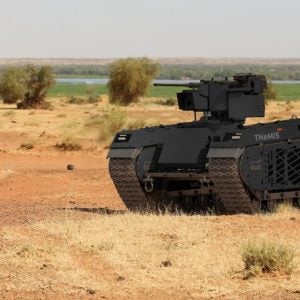PCRM Goes to Capitol Hill to Improve Combat Trauma Training
A soldier moaned in pain from a bullet lodged in his chest. Two fellow service members dripped with sweat as they soothed him and worked to remove the bullet. Moments later, the extricated bullet dropped into a metal dish with a ping.
They were only actors, but the room still filled with sighs of relief from Members of Congress and Capitol Hill staffers attending PCRM’s event last week. We were demonstrating the Cut Suit and other training simulators that can improve the U.S. military’s care of wounded service members.
Using these modern educational methods will help soldiers — and it will spare animals from being used in traumatic "live tissue" training exercises. While such nonanimal methods are being widely embraced, some in the military continue to use goats and pigs in cruel combat trauma training exercises — despite the animals’ anatomical differences from humans.
The advantages of nonanimal methods were clear at our Capitol Hill briefing, which featured demonstrations of simulators with anatomically correct organs, breakable bones, and realistic blood flow. The hands-on event — participants were invited to put on latex gloves and touch the patient simulators — gave legislators and their staff a firsthand look at how the military can replace the suboptimal use of live animals in combat trauma training with high-fidelity medical simulation.
We had an esteemed group of presenters: Rep. Bob Filner, D-Calif., and ranking member of the House Committee on Veterans’ Affairs, gave opening remarks. Kit Lavell, executive vice president of San Diego-based Strategic Operations, Inc., discussed the Cut Suit. Christopher Sakezles, Ph.D., president and chief technology officer of SynDaver Labs, discussed the company’s synthetic human tissue and body parts. Robert F. Buckman Jr., M.D., F.A.C.S., founder of Operative Experience, Inc., discussed his simulators. Elizabeth Kucinich, PCRM’s director of government affairs, spoke about the vital role of this technology in improving military training.
The U.S. military’s combat trauma training courses teach military physicians, medics, corpsmen, and nonmedical personnel to respond to the most common causes of preventable battlefield fatalities, including extremity hemorrhage, airway compromise, and collapsed lung.
Take a look at these two videos. They are both graphic. The first is the Cut Suit demonstration:
The Cut Suit was specifically designed for combat trauma training courses. It replicates the experience of performing emergency medical procedures on a living trauma patient. Body armor and a uniform can be worn by a patient (who is actually an actor), and the trainees can apply tourniquets, control severe bleeding, and even manage collapsed lungs.
Now, here’s an example of current combat training on a goat. The instructor in the training film even repeatedly references the significant differences between training on live goats and human casualties:
It’s clear from these two videos that simulation would give our service members the best medical training available. The BEST Practices Act, H.R. 1417, which is currently before Congress would improve military medical training by replacing the use of animals with simulators.


